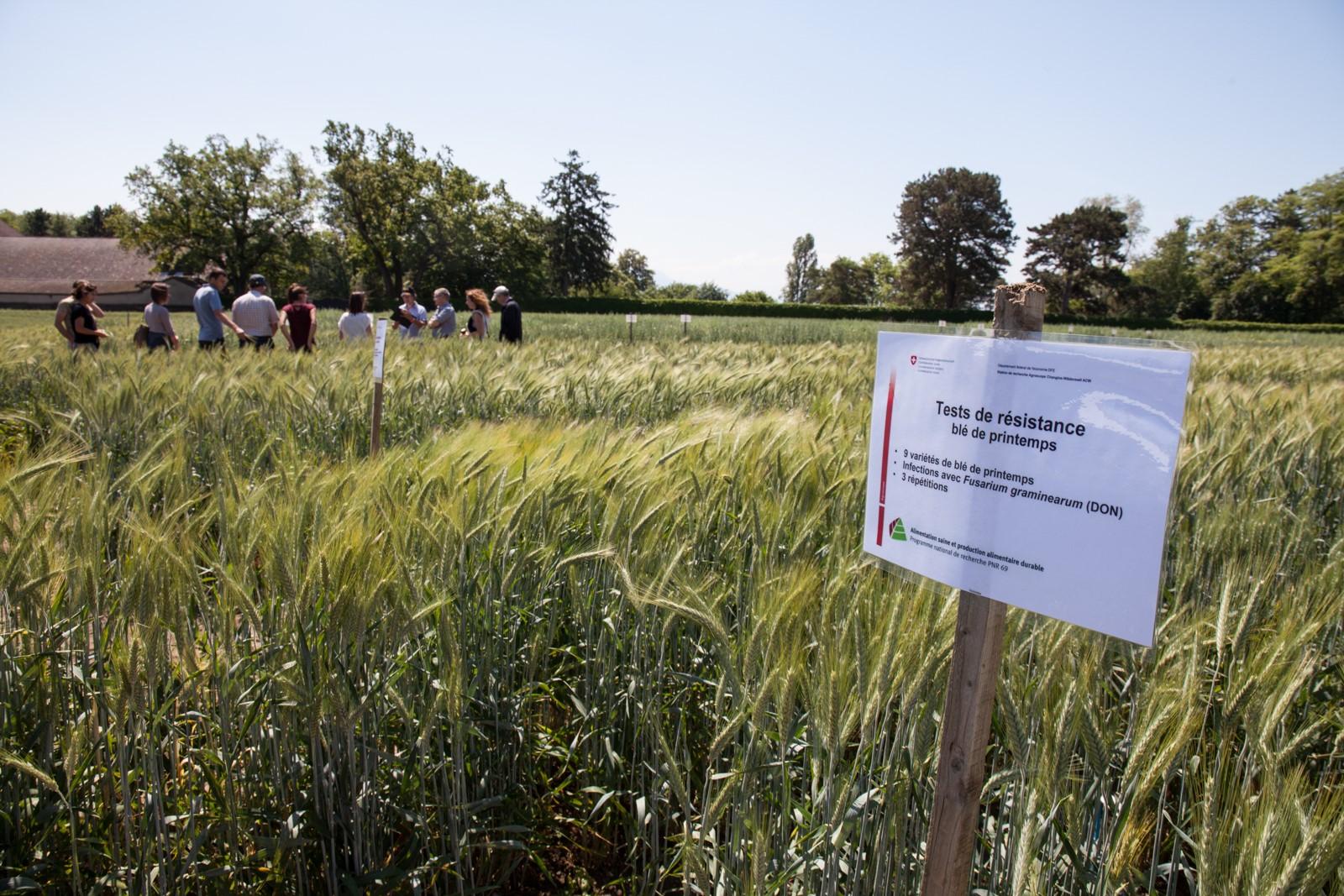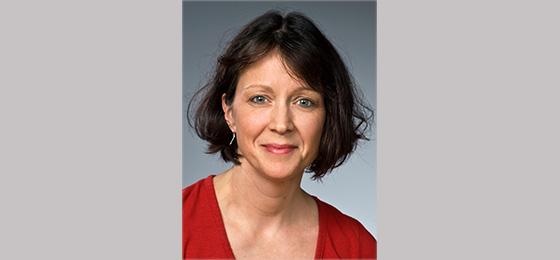"We expect a major input for the implementation of results"

The final workshop of the "Healthy & Safe Cereals" project will take place in Bern on 30 March 2017. Susanne Vogelgsang talks about the project's findings.

You have been looking at whether cereal varieties containing higher amounts of health-promoting compounds are less frequently infected by harmful Fusarium fungi. Will you be able to answer this question by the time the project ends?
Susanne Vogelgsang: Yes, the results of our experiments mean that we can recommend beneficial cereal varieties. We have seen that certain varieties of oats and barley, which contain a higher level of health-promoting compounds such as beta-glucans are less susceptible to infection by Fusarium fungi. In our field trials, some of them also contained fewer mycotoxins – the toxic substances that are formed when plants are infected with Fusarium species. However, we could not confirm that all varieties with a higher content of health-promoting compounds are more resistant.
Did you gain new knowledge about Fusarium infection and methods how to avoid it?
In barley, for example, infection with Fusarium can be particularly severe if maize was grown as a previous crop. Crop rotation is therefore an important aspect of cultivation. The effect is reduced if the field is ploughed after the maize has been harvested.
Are all cereal varieties equally susceptible to Fusarium infection?
No, our experiments showed that wheat is generally more susceptible than barley. Oats get attacked too, but most of the toxins are located in the husk, which is the layer surrounding the oat grain. There are also major differences between the individual varieties of the three cereals. Location plays a role too. Our field experiments in the cantons of Zurich, in Ticino and in Vaud produced results that differ considerably from each other.
Should we be growing more oats for human consumption in Switzerland?
Oats do indeed have several benefits. The lipids in oats consist mainly of polyunsaturated fatty acids, and oats contain higher amounts of calcium, iron, vitamin E, magnesium and various phenolic acids with antioxidant properties than wheat. Oats are also less susceptible to leaf diseases as well as being more nitrogen-efficient and tolerant to wet conditions or drought. Nowadays, though, practically all the oats consumed by people in Switzerland are imported from Scandinavia. In further projects, we would like to concentrate on oats and investigate how we can promote the cultivation of this cereal in Switzerland.
What do you expect stakeholders to bring to your final workshop?
We expect a major input for the implementation of our results. We would like the cereal and food sectors to inform us more about the traits they require from cereal varieties – aspects such as yield, protein content or suitability for baking. We would also like to discuss with stakeholders from the retail sector about how to market suitable products. I’m thinking of things like labels for health-promoting compounds. And finally, the workshop is an opportunity for farmers. We’d like to have an exchange with them about the cultivation of various cereal types.
The final workshop will be held from 9 a.m. to 4 p.m. on 30 March 2017 at Belpstrasse 26 in Bern. To participate in this final workshop, please register directly with Agroscope until 10 March 2017.
